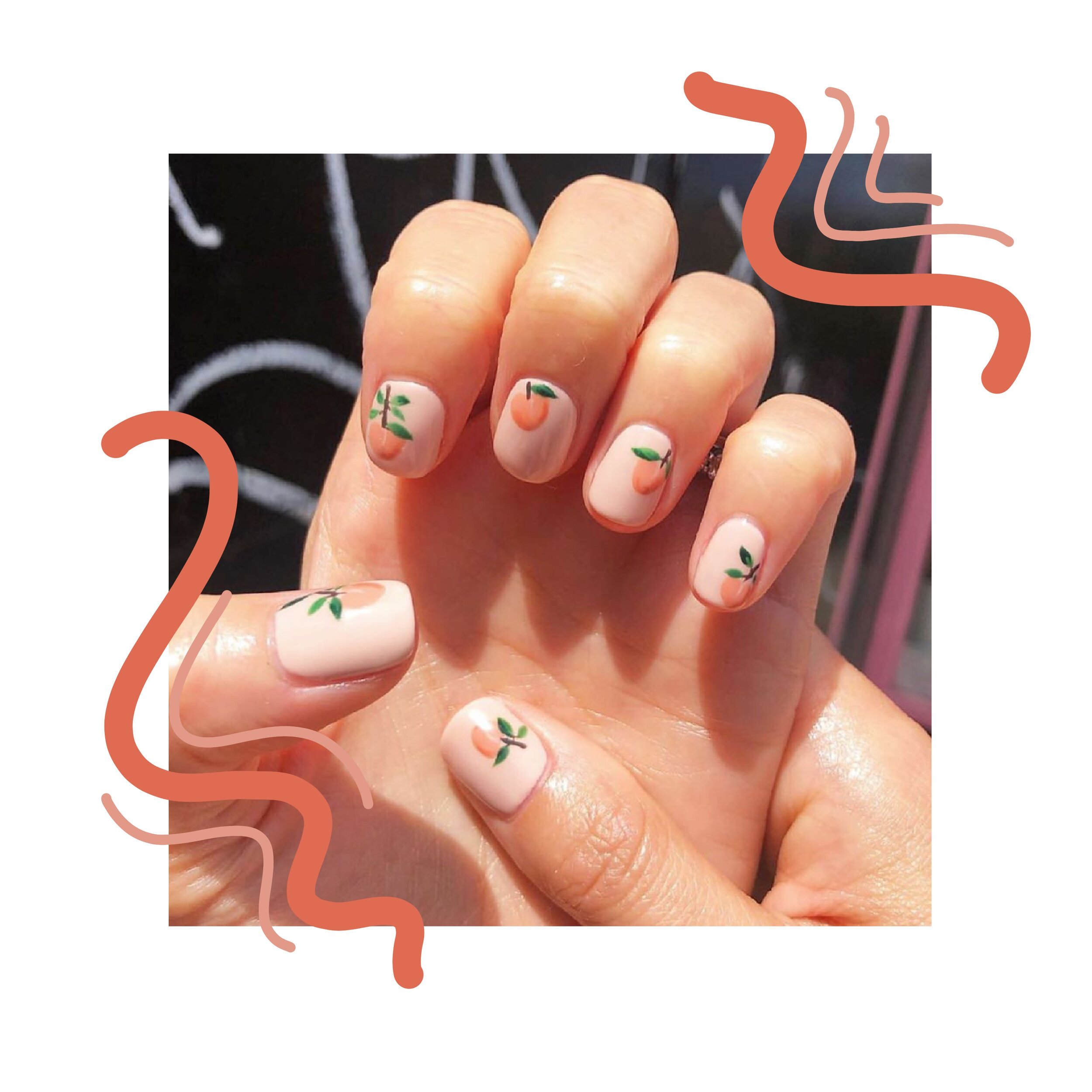CHILLHOUSE : SoHo Flagship
By Calli Ferguson
In 2017, Cyndi Ramirez Fulton noticed a need among working millenials and young people for self-care. Swooping to our rescue, she opened Chillhouse, cafe salon hybrid on the Lower East Side. The space offers artistic manicures, facials, body treatments and a full cafe. To further appeal to the Instagram generation, the space is decorated with pastel colored curated decor for maximum “chill.” Fulton’s start-up fulfilled the self-care needs of a particularly anxious community: young New Yorkers. A few weeks ago, after three years of success at their Essex Street outpost, Chillhouse opened a new flagship in SoHo. The flagship, an expanded version of the original location, is complete with pedicures, an infrared sauna and beams with natural light.
Chillhouses’s expansion is proof that we are living in the age of “treat yourself.” Abundant self- care somehow seems to be the answer to everything. Scrolling through Instagram can send one on a deep dive of ‘self-care’ related content; the app is piled with aesthetic indulgences and colorful artwork that reads “self-care isn’t selfish.” After a particularly stressful unnamed event in 2016, there was a steep rise of anxiety, depression, and stress among young people (I wonder why). With a high bar set and fight for justice, the idea of self-care became powerful and revolutionary among millenials. Now, as we approach 2020, people are starting to wonder where we draw the line. But, it isn’t so much a line as a blurry grey void. Is self-care different for everyone? Sure! Can it mean doing whatever you want it to? Well, maybe not if what you want lands you broke, three seasons into a Netflix binge, with a terrible sugar headache.
Self-care is still a new concept in our society that we are still actively working to understand. Chillhouse is doing this work as it holds a delicate balance between leaning into the indulgences and gluttonous aspects of the trend, without being overly unrealistic or frivolous. This successful balance might be in part a matter of Fulton knowing her audience. Chillhouse is not around to sedate the city that never sleeps. Instead, Chillhouse functions to tells us to embrace the hustle, but still feel good while doing it. The Chillhouse space suggests that there can be a balance to self-care. There just might be a possibility of productivity without anxiety and indulgence without guilt. What a concept (insert upside-down smiley face emoji here).
I recently had the opportunity to speak to Susie Benitez, the Community Coordinator at Chillhouse. Benitez graduated from Gallatin in 2018 and started working with Chillhouse while she was a student. She has seen Fulton’s venture snowball in the past year, working heavily with the company’s marketing and social media teams. Hearing from Susie confirmed my hunch about Chillhouse’s philosophy on self-care. “Self-care doesn't just mean treating yourself…” she explains, “Cancelling plans and staying in for a good night's sleep [and] getting up early in the morning to go for a run can both be acts of self-care if they make you feel like the best version of you. But hey, so can getting a facial! The possibilities are endless! The only thing that really matters is you.” To me, this mentality is Chillhouse’s great feat, but Benitez credits two things with the success of the business. First: the aesthetic. Chillhouse has succeeded in creating an impenetrable brand. With colored walls, trendy furniture, a neon sign, and multiple tiers of nail art manicures, the company geniusly embraced the instagramable nature of self care. Secondly, it was a matter of being in the right place at the right time. “Right now, we're stressed,” Benitez doesn’t hesitate to point out, “That's just the simplest way to put it. The world is stressed the f out.”
I think she’s right--Chillhouse knew the current world was under stress from the beginning. And the company’s rapid growth shows that #selfcare is no longer just a social media fad, but a full-fledged industry. The industry is flourishing-- widespread popularization of meditation and sleep apps; crystal healing water bottles that sell for upwards of $80; United States CBD sales are projected to surpass $20 Billion by 2040 (Forbes). The massive growth of Chillhouse is in hand with the larger industry, and the new SoHo flagship is giving them much needed space to do so. “Trust me when I say,” Benitez emphasized, “it was time!” Three years after the opening on Essex, self-care is no longer just a calligraphy message on Instagram, and Chillhouse is much more than a multi-use boutique business in the Lower East Side.
I wonder then, what does their new space three times the size of the original with a list of expanded treatments say about the self-care industry? If self-care is a rapidly growing market, we must begin to ask who gets to participate. Of course we are all incredibly stressed, but who gets to access the escape? Benitez notes that opening doors in SoHo might make self-care more accessible to New Yorkers. While the Lower East Side naturally provided a perfectly suited customer base (young, trendy, and natural embracers the self-care movement), the SoHo location pulls in a broader spectrum of New Yorkers and tourists alike. “Moving over here to Soho West, which is filled with quite a lot of offices, allows a new type of client to be exposed to the space and the concept in general,” she says, “Maybe the ones that didn't stop in the LES quite as often. So far, it seems to be working! And yes, I'm talking mostly about guys!”
Still, even if Chillhouse is more physically accessible, their manicures range from $27 to $78, an 80 minute massage is $125, and superfood powder laden lattes go for $7 each. Though their prices may be well matched to the quality of the treatments, Chillhouse is certainly a luxurious way of indulging in self-care that is not always accessible. As self-care gets adopted by a capitalist world, it needs to separate into the categories of need versus luxury. A problem arises from the belief that both can occur simultaneously-- businesses can profit from sending the message that these luxuries are needed for people to feel okay.
Not only does Chillhouse have an edge in style, but also they are able to set themselves apart from their awareness of the need versus luxury distinction. Yes, these treatments offer self-care as a luxury, and that is a huge selling point among a particular demographic (young women with a certain amount of room for financial indulgence). However, their space and philosophy emphasize that it can also be a basic need. Self-care can take the form of sleeping in or an early morning run, as Benitez suggested. The space offers a range of prices as well as the options to relax in the spa or work in the cafe. But, this ethos is really promoted at the core of their brand. Instagram posts and advertisements feature encouraging messages to stumble upon in our busy, challenging lives. Chillhouse’s online publication, Chill Times, offers articles such as How to Create Self-Care Without Spending a Dime, or, The Unexpected Benefits of Setting Boundaries in The Office. Their message is one of encouragement to step-back and take care of ourselves however best suits us. Promoting this kind of advice holds the integrity of the self-care movement and makes it more widely accessible. In this way, Chillhouse embraces the key philosophy of self-care: that it is, in fact, different for every single self.







